5 Critical Habits Athletes Develop When Key Training Principles Are Neglected
Every elite athlete knows that training is not just about showing up to the gym or hitting the track a few times a week. It’s about a structured, consistent approach that builds on key training principles, from speed and agility to plyometrics, strength, core stability, and proper recovery. Skipping these vital components, even for just a short period, can lead to dangerous habits that hinder performance, increase the risk of injury, and ultimately limit an athlete’s potential.
In this blog post, we’ll dive into five dangerous bad habits that athletes develop when they don’t consistently train the essential principles of speed/agility, plyometrics, strength and conditioning, and core. Understanding these habits is key to developing a more well-rounded approach to athletic training.
1. Decreased Movement Efficiency and Agility
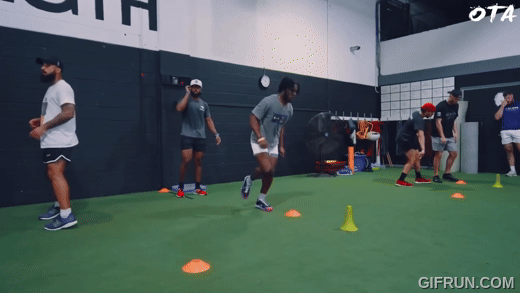
What Happens When Speed and Agility Training Are Skipped?
Agility and speed are crucial for athletes in nearly every sport. Whether you’re cutting through defenders on the soccer field, sprinting to the finish line, or reacting to a fast-moving ball in tennis, quick and efficient movement is a non-negotiable skill.
When athletes skip speed and agility training, they develop slower reaction times, sluggishness, and poor coordination. Agility training isn’t just about running fast or cutting sharply—it’s about reacting quickly to stimuli, changing direction efficiently, and accelerating or decelerating with control. Without this training, athletes struggle to keep up with the pace of the game or the demands of their sport.
The bad habit that develops here is poor movement efficiency, which affects everything from how quickly an athlete can accelerate to how well they change direction in the middle of a play. Over time, this affects overall performance and makes it harder for athletes to perform under pressure, particularly in fast-paced sports.
How It Impacts Performance:
- Slower reaction times and movement changes.
- Inability to explode off the line or from a standstill.
- Poor positioning and timing in high-intensity situations.
- Decreased agility in tight spaces, leading to missed opportunities.
2. Imbalanced Strength Development
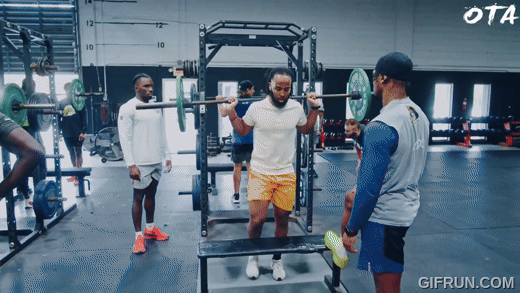
The Dangers of Skipping Strength Training
Strength training is a cornerstone of athletic performance. It doesn’t just build muscle—it creates the foundation for explosive power, stability, and endurance. However, skipping strength training, particularly neglecting a balanced focus on both upper and lower body, can lead to serious imbalances.
When athletes only focus on one part of the body, whether it’s just legs for sprinters or just upper body for swimmers, it creates muscular imbalances. These imbalances can affect posture, movement efficiency, and performance in sport. For example, a sprinter who neglects upper body strength may struggle with upper body stabilization during their run, reducing stride efficiency. Similarly, an athlete with weak hamstrings may compensate by overusing their quads, leading to potential injury.
Without consistent strength training across all muscle groups, athletes may also experience reduced power output, limiting their performance in activities like sprinting, jumping, or lifting.
How It Impacts Performance:
- Muscular imbalances leading to inefficient movement patterns.
- Reduced power generation, affecting sprinting, jumping, and other explosive movements.
- Increased risk of injury as weaker muscles compensate for stronger ones.
- Decreased athletic potential due to unaddressed areas of weakness.
3. Poor Plyometric Capacity
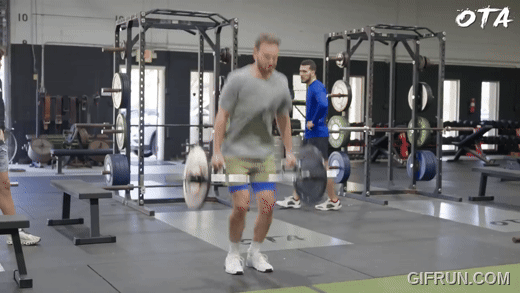
Why Skipping Plyometrics Hurts Explosive Performance
Plyometric exercises, such as box jumps, depth jumps, and bounding, are designed to develop explosive power and the ability to generate force rapidly. This type of training is essential for athletes who rely on speed, vertical leap, and quick, explosive movements.
Skipping plyometric training means athletes miss out on developing the explosive strength required for powerful sprints, jumps, and quick directional changes. Plyometrics help train the body’s ability to utilize the stretch-shortening cycle, which enables faster and more powerful muscle contractions during movements like jumping and sprinting. Without this type of training, an athlete’s power capacity remains suboptimal.
Athletes who neglect plyometrics often find that they’re slower off the line, less explosive in jumps, and have slower starts during key moments in their sport. This lack of power can be particularly detrimental in sports like basketball, football, and track and field, where explosive movements are crucial.
How It Impacts Performance:
- Slower acceleration and reduced sprinting times.
- Decreased vertical leap and jumping power.
- Inability to generate quick, powerful movements in key moments of a game.
- Reduced athletic explosiveness in high-intensity situations.
4. Weak Core and Stability
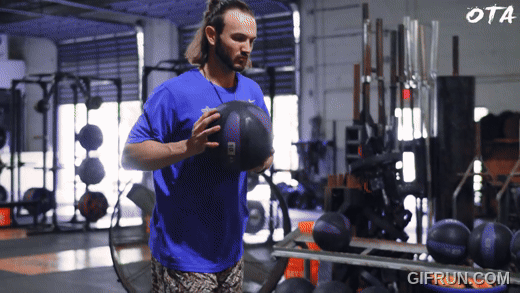
The Importance of a Strong Core for Athletic Performance
The core isn’t just about aesthetics; it’s about function. A strong core is essential for maintaining stability during dynamic movements and ensuring efficient force transfer between the upper and lower body. Without a well-developed core, athletes struggle to maintain posture and balance during explosive movements, which can lead to compensations and, ultimately, injury.
When athletes skip core training, they develop poor posture and instability, which compromises movement efficiency and places unnecessary stress on other muscles. For instance, an athlete who lacks core strength may struggle to maintain proper body alignment during a sprint or jump, which not only decreases performance but also increases the likelihood of strain or injury to the back, hips, or knees.
In high-contact or high-impact sports, weak core muscles can also lead to instability and poor body control, making athletes more prone to collisions and falls.
How It Impacts Performance:
- Poor posture, leading to inefficient movement patterns.
- Reduced ability to maintain stability during dynamic movements.
- Inefficient force transfer, reducing power in sprints and jumps.
- Increased injury risk, especially in high-impact sports.
5. Increased Risk of Overuse Injuries
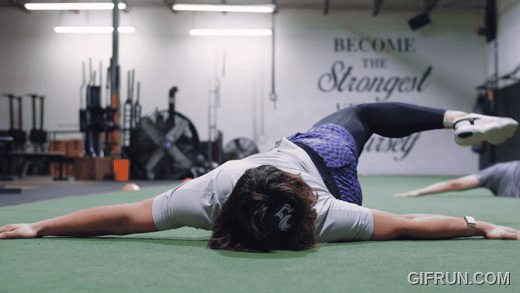
The Dangers of Skipping Strength, Conditioning, and Recovery
An often-overlooked aspect of athletic training is the role that recovery plays in preventing injuries. Consistently training the principles of strength and conditioning, while ensuring proper rest, is vital to avoid overuse injuries. When athletes neglect conditioning or fail to allow for adequate recovery, it leads to fatigue and muscle breakdown.
Inadequate strength training or improper recovery strategies can lead to overuse injuries like tendinitis, stress fractures, and muscle strains. These injuries occur when athletes push their bodies too hard without proper conditioning or rest, causing soft tissues to break down over time. Athletes who skip recovery sessions or don’t implement proper recovery techniques (like stretching, foam rolling, or active rest) are more likely to experience these injuries.
Over time, muscle imbalances from poor conditioning also exacerbate these injuries, as certain muscles become overworked while others remain undertrained.
How It Impacts Performance:
- Increased susceptibility to tendinitis, strains, and other soft tissue injuries.
- Decreased performance due to fatigue and overtraining.
- Limited training capacity due to recovery time lost to injuries.
- Chronic injuries that hinder long-term athletic development.
Conclusion
Athletes who skip key principles of training, including speed/agility, plyometrics, strength and conditioning, and core stability, inevitably develop bad habits that can have a long-term impact on their performance and health. These habits, including decreased movement efficiency, imbalanced strength, poor plyometric capacity, weak core stability, and increased injury risk, not only limit an athlete’s potential but also increase the likelihood of injury, which can derail careers.
The solution? A balanced, consistent training regimen that addresses all aspects of athletic development, from agility and strength to power and recovery. By focusing on these foundational principles, athletes can avoid bad habits, perform at their peak, and protect their long-term health and career!
